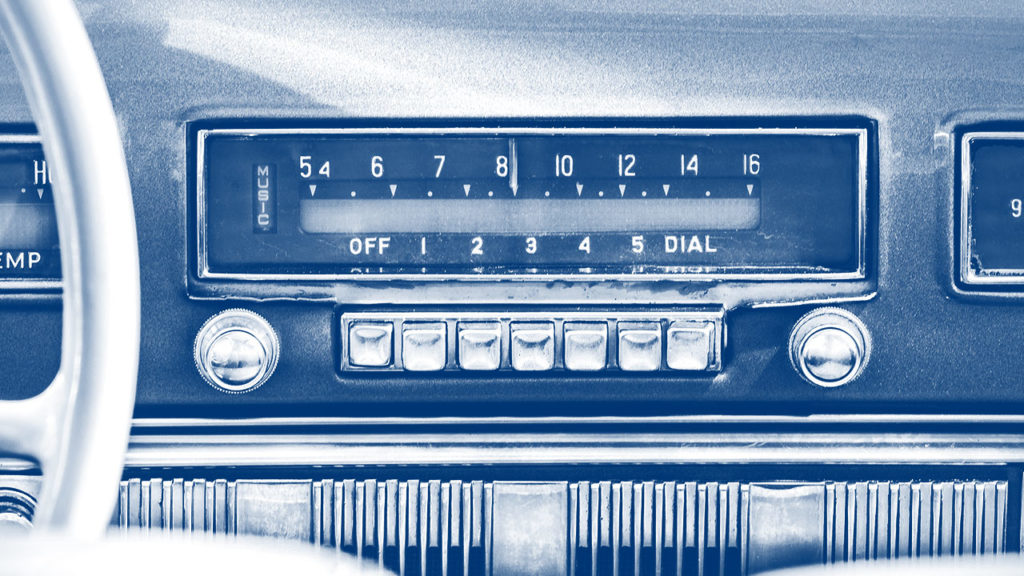The car radio is still a major source of audio consumption, but it is not immune to a growing intolerance for commercials—in fact, AM/FM is more vulnerable. According to a new study by Pandora, Edison Research and Omni Media Group, marketers will need to be creative and keep messages brief if they want to engage commuters.
“The Commuter Code” examines the habits of 1,100 consumers that spend at least 20 minutes in each direction of their commutes. In addition to survey questions, GoPro cameras were installed in 109 cars to observe these habits first-hand.
A majority of AM/FM listeners switch channels as soon as they hear an ad, according to the findings. In fact, the GoPro camera observed that commuters switched three-times as often while listening to AM/FM than any other source of audio in the car.
The study attributes this to a number of factors. For one, radio presets simply make it easy to switch channels away from a commercial or undesired song. Secondly, radio music is impersonal and ads are played back-to-back.
Pandora recommends that marketers consider pod placement whenever possible and consider this fast-switching environment when developing creative for car listeners. “Shorter-length, quick-engagement ads are keys to getting heard,” they advise.
Of course, Pandora stands to benefit quite a bit from traditional AM/FM advertisers switching to digital options. According to a Statista study in March, Pandora has the third most users for a music streaming service, at 36.8 million.
Nearly a third (29 percent) of all audio is consumed in the car, Pandora asserts, but sources have evolved toward digital—connecting one’s phone or cars with built-in connectivity. In fact, 71 percent of commuters say it is “important” for their next vehicle to have an in-dash system that can receive information and entertainment over the internet. Just over half (56 percent) have connected their phones to the car to listen.
Despite the drawbacks, AM/FM remains a draw for 68 percent of commuters that agreed to have a GoPro in their vehicle for this study. The camera observed that 38 percent of the in-car time was spent listening was to speech-based content and 26 percent to streaming audio or podcasts.
As with any study, commuter listening habits tend to differ with age and gender. Women, commuters between the ages of 18-34 and those with longer commutes tend to switch audio sources more frequently. Men, those at least 55 years old and those with the shortest commutes tend to stick with one source on the drive.
Regardless of where they listen, AM/FM radio isn’t going off the air just yet. According to Nielsen’s Total Audience Report 2017, Gen Z spent over 35 hours per month listening to AM/FM radio and 88 percent of Gen Zers do each week. In fact, the report finds that AM/FM radio reaches 88 percent of Generation Z in the US each week and 93 percent of millennials.

